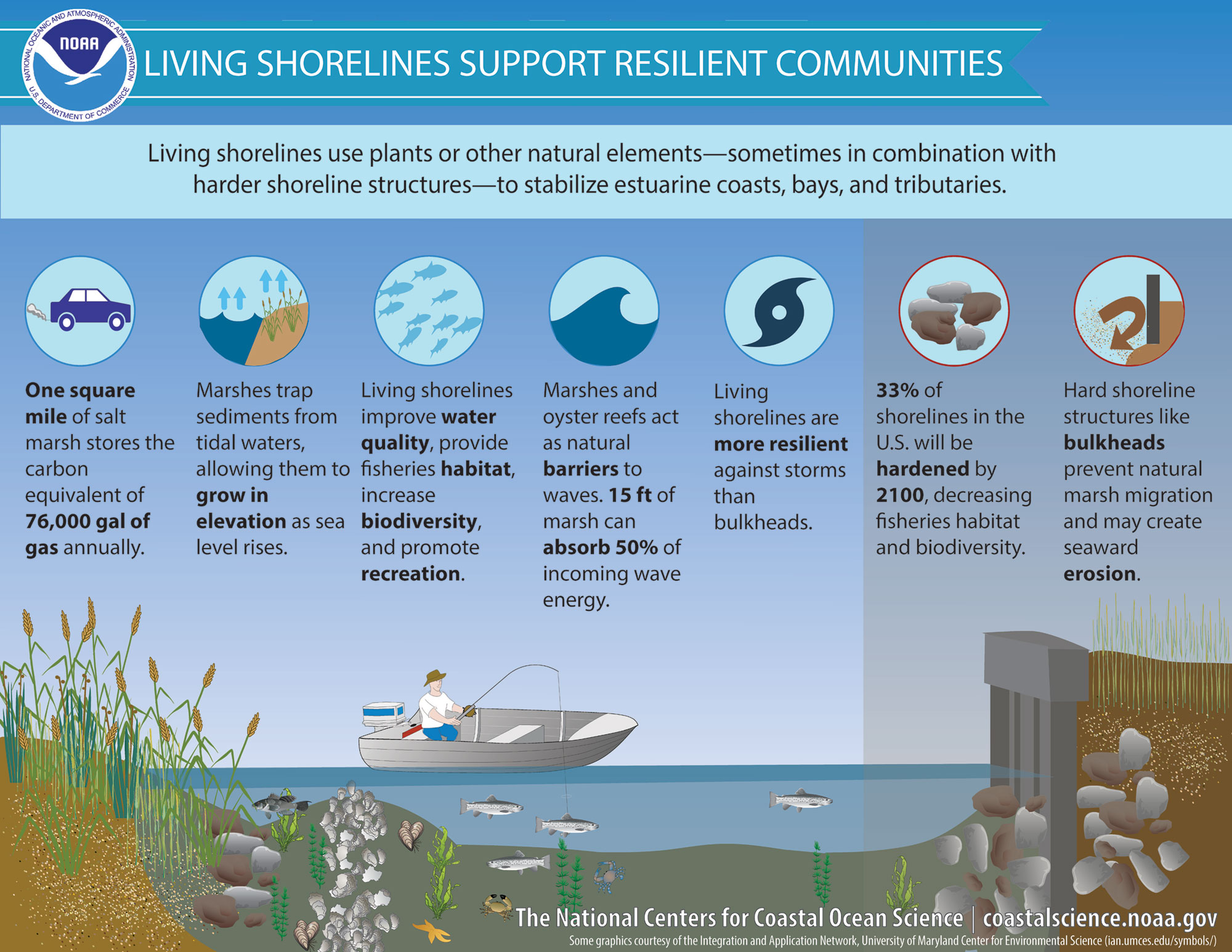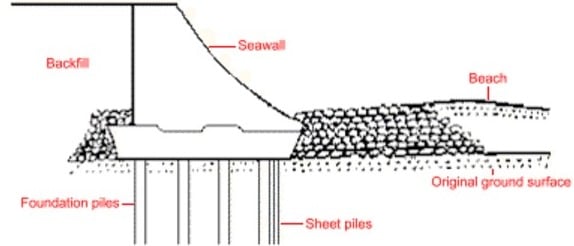Everything about Shore Protect Team
Table of ContentsThe Facts About Shore Protect Team RevealedEverything about Shore Protect TeamIndicators on Shore Protect Team You Should KnowSome Known Details About Shore Protect Team Shore Protect Team Fundamentals ExplainedGetting The Shore Protect Team To WorkShore Protect Team Things To Know Before You Get This
Decline in home worth: As the location tourism is impacted by erosion, so then is the economic situation. Buyers are much less likely to look for a beach home that might be ruined anytime by the approaching flooding and erosion emergency. Consequently, residential property value can go down tremendously and impact the entire area.Whether a beach is just little and congested or has to close entirely for the security of the ecological community and neighboring buildings, this greatly impacts tourist. Subsequently, neighborhood economic situations are influenced (https://www.bizmakersamerica.org/katy/business-services/shore-protect-team-shore-protect-team). Threat of injury: The enhanced danger of flooding and architectural failings creates a raised danger of injury to neighboring travelers and area participants

is home to greater than 84,240 miles of shoreline with 41% of it exposed to the open sea. Coastal engineers are in fee of safeguarding the shore versus changes by minimizing the harmful influences of both natural and synthetic occurrences. Shoreline stabilization is directly associated to their work. Beachfront resorts: Because shoreline erosion effects tourist, it influences the success of waterfront resorts.
Examine This Report about Shore Protect Team
Coastal commercial organizations: No tourists implies no service. Coastal state parks: State parks that exist along coastlines are at danger of damages.
Soft stabilization is a better option for the environment and more lasting overall. Tough stablizing uses manufactured frameworks as defense to manage disintegration. Generally, these frameworks are set up at right angles or parallel to stop sand motion and minimize the pressure of waves. Many kinds of hard stablizing like seawalls and sheet steel are not excellent for shoreline stabilization.
Some Known Details About Shore Protect Team
There's likewise not nearly enough evidence of their efficiency relying on the sort of coastline and local problems. Difficult stabilization strategies tend to be extra tough to set up and do not match the all-natural visual, protruding like an aching thumb and damaging neighborhood communities in lots of situations. Coastline nutrients is the process of including lost sand and debris back to coastlines after erosion has occurred.
TrapBags aid in the process of beach nutrients by securing all-natural ecological communities and permitting plants to grow. While this process can be pricey and is not irreversible, the pros tend to outweigh the disadvantages. TrapBag barriers offer lots of residential or commercial properties that make them suitable for seaside and riverbank disintegration defense. They're: Environmentally pleasant: You can make use of native dirt both to surround and to fill the TrapBags.

7 Simple Techniques For Shore Protect Team
They can likewise be mounted without any heavy machinery. Inexpensive: TrapBags are perfect for both little and large locations of shoreline.
The proper seawall layout relies on location-specific elements, including bordering erosion procedures. There are 3 main kinds of seawalls: vertical, curved, tipped, and piles (see table below).
All-natural barriers, such as reef and mangrove woodlands, prevent the spread of tidal waves and the flow of coastal waters and alleviated the flooding and rise of water. A cost-benefit method is an efficient method to figure out whether a seawall is appropriate and whether the benefits are worth the expenditure.
Shore Protect Team Things To Know Before You Get This
A seawall is a fixed feature which can contravene the dynamic nature of the shore and restrain the exchange of debris between land and sea. The table listed below sums up some positive and adverse effects of seawalls which can be made use of when contrasting their effectiveness with other coastal administration choices, such as beach sustenance. [] Advantages and drawbacks of seawalls according to Short (1999) Advantages Drawbacks Long-term service in contrast to soft beach nutrients.

This can trigger beaches to dissipate, providing them useless for beach goers. Usually, seawalls can be an effective means to control seaside disintegration, but only if they are created well and out of products that can stand up to the force of ongoing wave power.
Shore Protect Team Can Be Fun For Anyone
Incorporated with a high building price, this has actually resulted in raising use various other soft design coastal management options such as beach replenishment. Seawalls are constructed from numerous products, a lot of generally strengthened concrete, rocks, steel, or gabions. Other possible building and construction products consist of plastic, wood, light weight aluminum, fiberglass composite, and eco-friendly sandbags constructed from jute and coir. The proper seawall design relies on location-specific facets, including bordering disintegration processes. There are three major types of seawalls: vertical, bent, tipped, and mounds (see table listed below).
Natural obstacles, such as coral reefs and mangrove forests, avoid the spread of tidal waves and the flow of coastal waters and mitigated the flood and rise of water. A cost-benefit method is a reliable method to determine whether a seawall is ideal and whether the benefits are worth the expenditure.
Some Of Shore Protect Team
A seawall is a static feature which can clash with the vibrant nature of the coast and impede the exchange of sediment in between land and sea. Advantages and drawbacks of seawalls according to Short (1999) Advantages Downsides Lengthy term service in comparison to soft coastline nourishment.

This can cause beaches to dissipate, making them useless for coastline goers. Normally, seawalls can be a successful method to manage seaside disintegration, but only if they are built well and out of products that can stand up to the pressure of recurring wave energy.